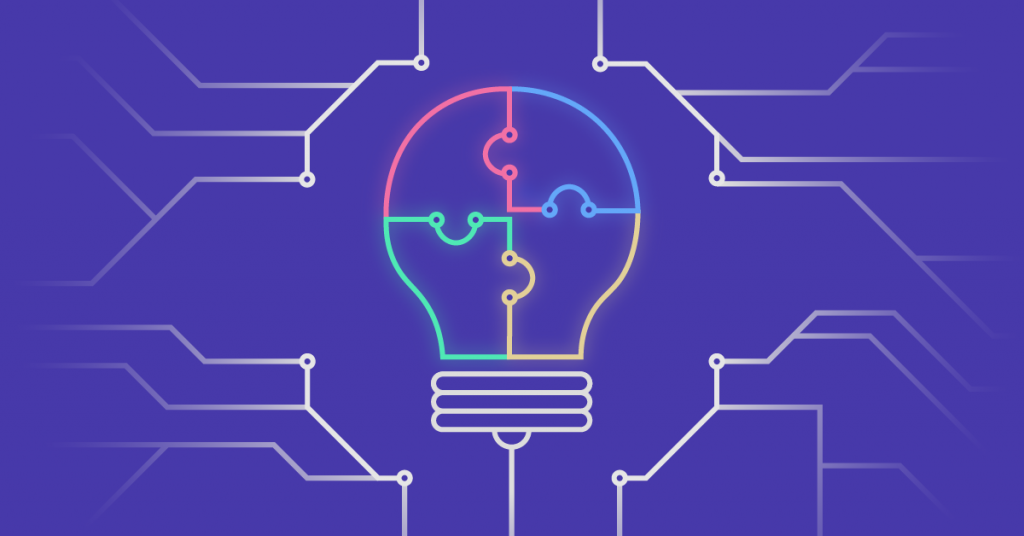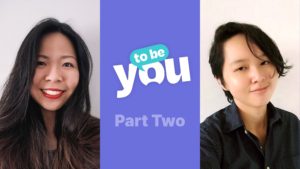
Harmony is not a given
Singapore has long been known as a multi-cultural society, with people coming together from all over the world. On the surface, we look like a harmonious community – the model of diversity for other countries.
However, since the pandemic, it has become apparent that Singapore is perhaps not as inclusive as we present ourselves to be. For example, there is a lack of diverse representation in key leadership boards and committees across the country. Racial diversity, for one, is a topic that citizens realise needs to be discussed more so that people can share their perspectives and clarify misunderstandings. Unfortunately, through the years in Singapore, race has become a topic that is simply avoided, and we have lost the ability to talk about difficult topics in an open way.
Conflicts around race are not isolated to Singapore. In the modern West, we saw that people who looked East Asian, whether from China, Japan, Korea (including even Chinese-Singaporeans) faced abuse as people expressed anger with China as the source of the pandemic. It even sprouted a counter-movement called #StopAsianHate to bring awareness to the spate of assaults that were spreading in cities where Asians were in the minority community.
This parallels what we see in our own Singaporean society, where people shunned migrant workers after the spike in dormitory cases, and Indians in Singapore started to face abuse from random passers-by. It certainly didn’t help that the debates about CECA added fuel to the fire for anti-Indian sentiments.
What is ironic is that as Asians, we feel the need to call out the anti-Asian hate growing in the West, but at home, we are still in need of more open discussions about race in Singapore. By increasing the opportunities for members of different races to connect and communicate, we can hope to increase the amount of empathy that we have for one another, improving relations between different groups of people.
TechforGood Solutions
There is a huge potential for TechforGood solutions to make an impact in this space. Compared to traditional efforts, such as in-person facilitation sessions or sensitivity training, which would face problems with scalability and accessibility, technology enables social innovators to reach a greater number of people in a shorter span of time. We have seen the way that technology has changed our lives so far – surely TechforGood can harness its capabilities to improve the world.
ToBeYou
To Be You aims to contribute towards conversations on diversity and inclusion through a gamified process where you roleplay as various characters of different races. The current edition of the game allows you to role-play as Nadia binte Rahim, a Malay-Muslim student in secondary school, or Aman Singh, a Sikh NS recruit as they go through the different decisions that they make in their lives.
We see the tough questions that they are asked – Nadia, for example, experiences getting questioned on her choice to wear track pants instead of shorts, owing to her religious customs. We also witness the struggles that they go through – like Aman getting skin irritation on his scalp after a long day of Basic Military Training (BMT) as he wears his turban. While it is not the complete experience of holding their identities, it comes close to giving us an insight into their lives.
Heart2Heart

Taking this effort towards building empathy further is a project-in-progress called Heart2Heart. Though it is a project that is still under development, the premise is clear. They want to connect people from different walks of life to facilitate conversations between people who would otherwise never have met. In our life paths, we tend to be around people who are already like us. Perhaps you might have wanted to connect to someone else of a different background – whether that be across race, religion, sexuality, socioeconomic status.
The project challenges the idea that everyone experiences diversity the same way in Singapore. While our national education proclaims that we are a diverse population, each individual’s social circle is relatively limited to the context in which they grew up, for example to the school that they attend, as well as their family and sometimes religious groups. By lowering the barriers for effectively facilitated conversations through technologically encoding practitioner approaches around safe and brave spaces, Heart2Heart hopes to empower individuals who are looking to connect with those who are different.
Creating an inclusive society for everyone
Members in the majority communities often do not realise that their lived experiences are, on average, vastly different from that of those in the minority communities As a result, much of our social and sometimes even physical infrastructure is not catered to the needs of the those in minority communities. As we become more aware of the diverse communities within our society and their needs, we also become more aware of how society has been designed without everyone in mind.
An example of this is in how we cater inclusivity for differently-abled individuals in our society. While it may be difficult to undo what has already been built in terms of the infrastructure of buildings and pathways in Singapore, it is still possible to improve accessibility by wheelchair users in Singapore. And that’s just what SmartBFA aims to do with their platform. Using user data, they map out routes in Singapore that allow wheelchair users to better navigate the routes.
Inclusivity also entails allowing all groups of people to access medical care at an adequate level. Skin care and skin problems are often diagnosed and documented on light skin, and they can look very different on darker skin tones, leading to misdiagnoses. DermAtlas aims to target that information gap for doctors who can then access their databases to better identify the skin conditions for each patient, no matter their skin tone.
Building a vibrant future
These TechforGood creators have taken on the monumental task of breaking down the barriers to diversity and inclusion for their respective fields, and it is a commendable start. However, it is undeniable that TechforGood in the space of diversity is filled with its own challenges. One thing to consider would be the intersection of identities and how they change depending on the person’s gender, race, age, disability and a multitude of other identity markers. Apps capturing peoples’ experiences and trying to increase accessibility for others will invariably leave out some individuals, despite their best efforts.
The society we live in will not be perfect, and there are inequalities that are going to be present, but we can try our best through accurately and inclusively identifying problems and then coming together to create solutions that in some small way, can make it better for everyone else in society. There are countless areas that can be improved on in the domain of diversity and inclusivity, but it only takes a conversation to get us started on making Singapore a more welcoming place for all.








